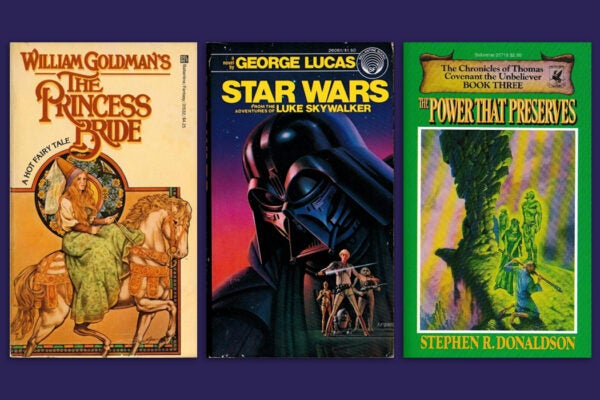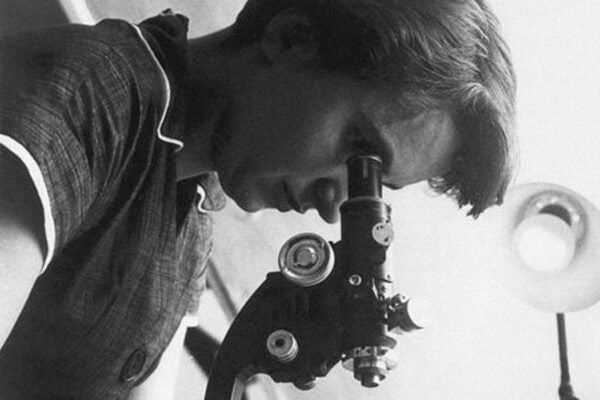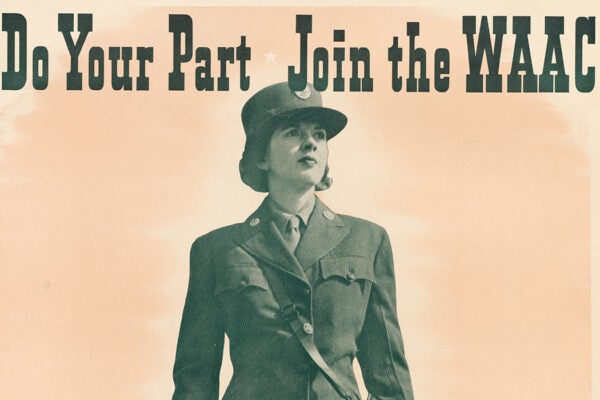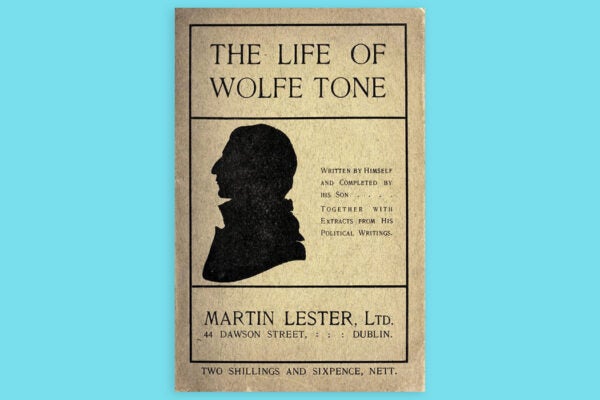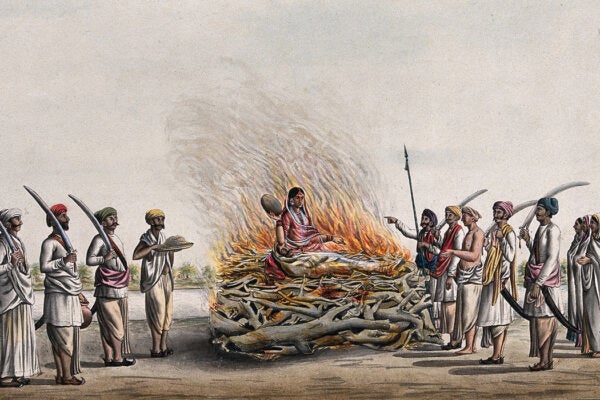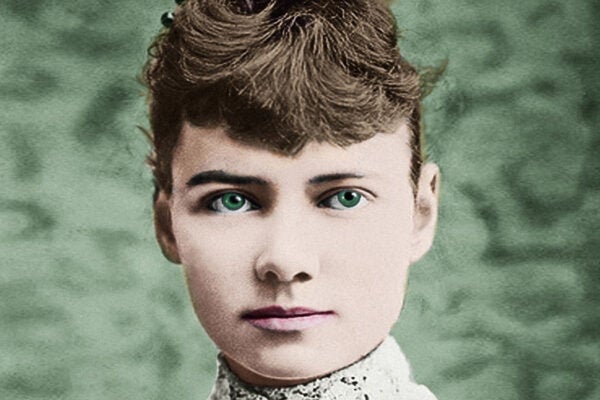Judy-Lynn del Rey
The woman who revolutionized the fantasy genre is finally getting her due.
Zelda Fitzgerald on F. Scott’s Writing
Zelda’s satirical review of F. Scott's second novel, The Beautiful and the Damned, revealed much more than her wit.
Lee: The Past Ever Haunts the Present
A new film shows how American photographer Lee Miller used the camera to bring the brutalities of World War II to the homefront.
Rosalind Franklin’s Methods of Discovery
Franklin’s strategy for analyzing images of DNA molecules forces us to reconsider our definition of “scientific discovery,” argues Michelle G. Gibbons.
Geishas for Enlightened Motherhood
In the Meiji period, geisha embraced the nation’s modernizing project, helping to improve education for women and promoting a western-style domestic ideal.
Battery X: A Secret Test of Women at War during WWII
Although their contributions have been largely forgotten, women played an active role in Washington DC’s air defense system during World War II.
Matilda Tone, Historian of Irish Republicanism
Through the work and writing of Matilda Tone, her late husband, Theobold Wolfe Tone, was constructed as the hero of Irish republicanism.
Women in the Vijayanagar Empire
According to legend, a woman played a central role in the founding of the Vijayanagar empire. But what was it really like to be a woman in India’s medieval era?
Nellie Bly Experiences It All
One of the first female investigative reporters, Nellie Bly shone a light on the plight of American women by facing the world head on.
Ford’s Striking Dagenham Women
The women sewing machinists of the Dagenham plant received a raise after they went on strike against Ford. But was this a victory?
